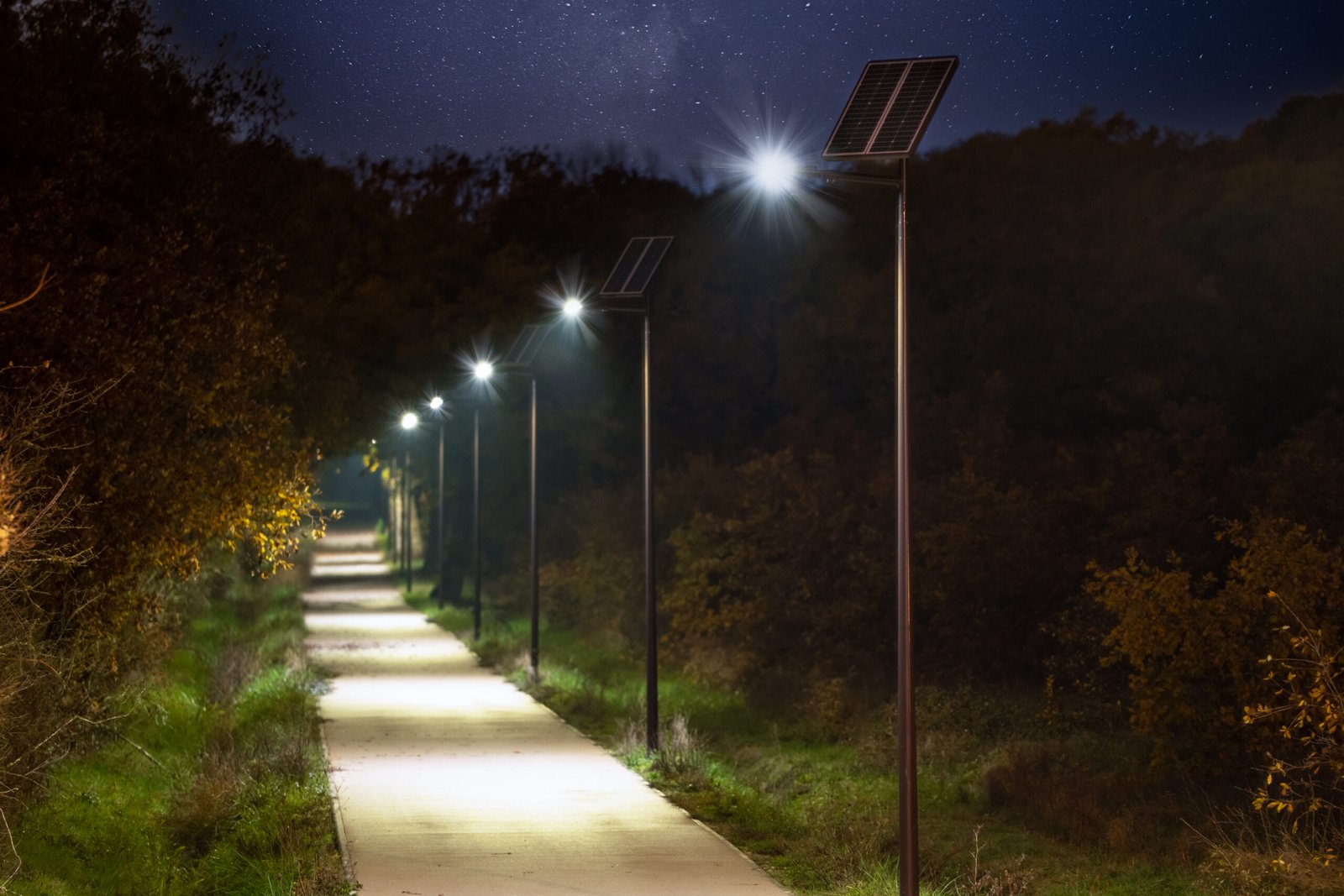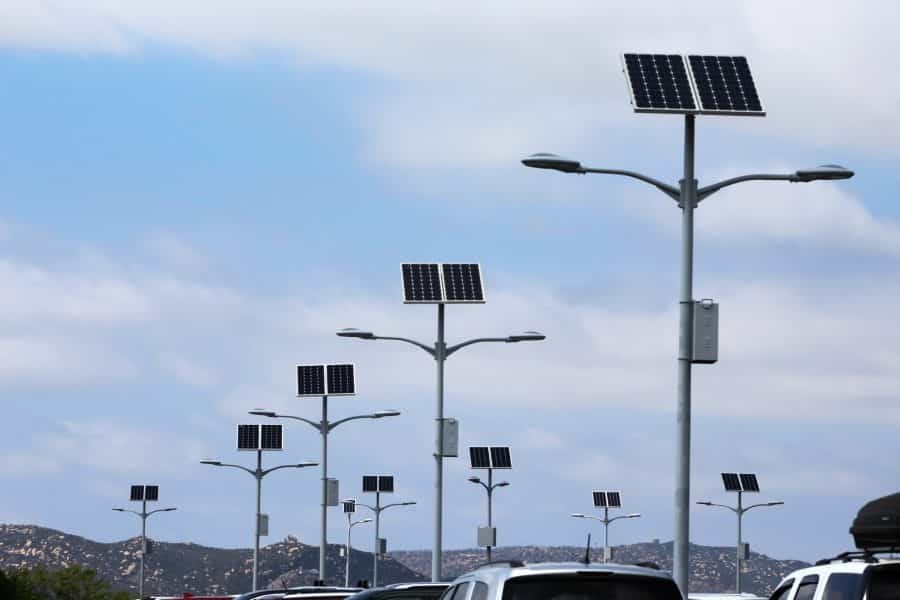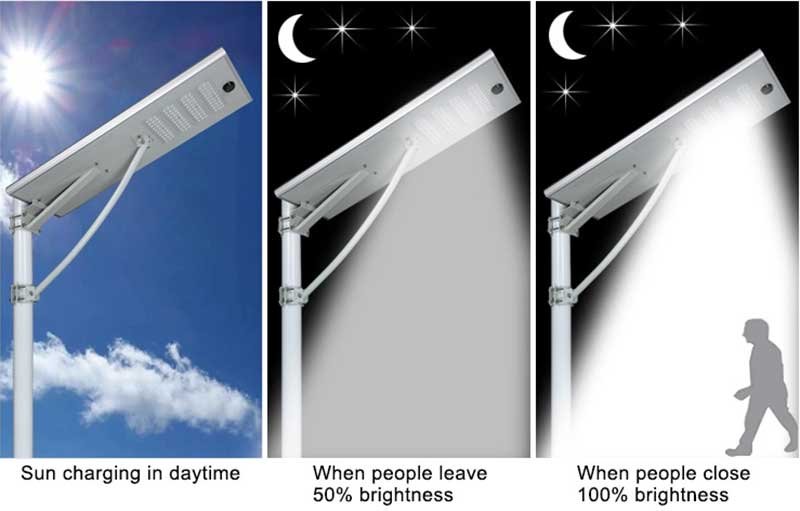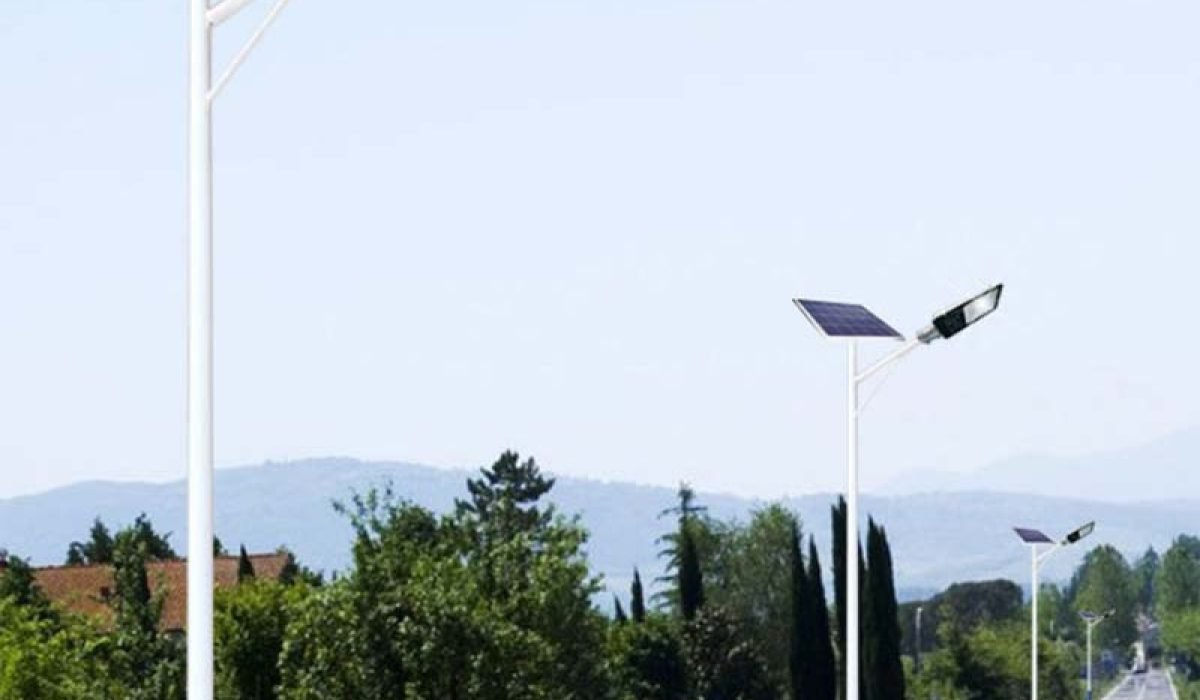Street lighting plays a crucial role in ensuring public safety, energy efficiency, and aesthetic appeal. The primary consideration in the design of street lighting is achieving the perfect balance between adequate illumination and energy efficiency. The ideal solution for streetlight design is to use high-quality, energy-efficient lamps like LEDs, strategically placed with the correct pole height, spacing, and luminaire design. By adhering to well-established standards and performing precise calculations, cities can create safer, more sustainable environments while minimizing environmental impact and reducing long-term maintenance costs.
Why Streetlight Design Standards Matter
Streetlight design standards play a crucial role in ensuring that streets, parking lots, and other public spaces are well-lit, safe, and energy-efficient. Proper design standards are needed to achieve the right balance between safety, energy conservation, and effective lighting distribution. The perfect solution for streetlight design involves adhering to these key standards to maximize safety and efficiency while reducing environmental impact.
Transition
Now that we understand the importance of streetlight standards, let's dive deeper into the key components that need to be considered during the design phase.
Key Streetlight Design Standards

Illumination levels are one of the most critical aspects of streetlight design. They ensure that both pedestrians and drivers can clearly see their surroundings at night.
- Residential Areas: The Illuminating Engineering Society (IES) recommends a level of 10 lux for residential areas.
- Commercial Areas: For commercial spaces, a higher illumination level of 15 lux is often required.
These illumination levels are necessary to ensure clear visibility for safe walking and driving, reducing the risk of accidents.
Pole Height and Spacing
The height and spacing of streetlight poles are often determined by the width of the street and the desired illumination level.
- Pole Height: For a street that is about 30 feet wide, the recommended pole height is 20 feet.
- Pole Spacing: Pole spacing is designed for efficiency, allowing for even light distribution. For the same 30-foot wide street, the spacing between poles is typically around 100 feet.
The design should optimize the placement of each pole to maximize lighting while minimizing the number of fixtures needed.
Lamp Type
Lamp selection has a significant impact on both energy efficiency and maintenance costs.
- LED Lamps: These are becoming the go-to choice due to their energy efficiency, longer lifespan, and reduced maintenance needs when compared to traditional options like sodium vapor or metal halide lamps.
LED lamps are the perfect solution for achieving energy savings, longer operational life, and improved light quality.
LED technology allows for more precise control of light distribution, ensuring the correct amount of light in the right areas.
Luminaire Design
The design of the luminaire (the housing that holds the lamp) is also a critical consideration.
- Light Distribution: The luminaire design affects how light is spread across the area.
- Glare Control: Properly designed luminaires reduce glare, which can improve the visibility and comfort for pedestrians and drivers.
- Aesthetic Considerations: The overall look of the luminaire should align with the surrounding environment to enhance the area’s aesthetic appeal.
Corrosion Protection
Streetlight poles and other metal components must be designed with corrosion resistance in mind. Over time, exposure to the elements can cause wear, so using protective coatings helps to ensure longevity and reduce the need for maintenance.
Ease of Maintenance
Designing streetlights with accessibility in mind is essential. The easier it is to perform repairs and replacements, the less downtime and cost the city will face in the long term.
Transition
With these standards in place, it's important to consider additional factors that can affect the design of street lighting systems.
Additional Considerations for Streetlight Design

Pedestrian and Vehicle Safety
Ensuring that streetlights are strategically placed can have a significant impact on safety. Streetlights should be installed in areas where visibility is crucial, such as:
- Crosswalks: Ensuring that pedestrians are visible to drivers.
- Intersections: Allowing drivers to see oncoming traffic clearly.
- Curves and Bus Stops: Areas with limited visibility require proper lighting to ensure safety.
Aesthetic Integration
While functionality is critical, streetlights should also complement the surrounding environment.
- Design Integration: The style of the streetlight should match the character of the neighborhood or commercial area.
- Urban Appeal: Aesthetic street lighting can also enhance the visual appeal of public spaces, contributing to a more welcoming environment.
Environmental Impact
As cities strive to reduce their carbon footprints, it's important to consider the environmental effects of streetlight designs.
- Light Pollution: Ensuring that the light does not spill into areas where it's unnecessary, such as into residential homes or natural spaces.
- Energy Efficiency: By using energy-efficient lamps like LEDs, cities can reduce energy consumption, lowering operational costs and contributing to environmental sustainability.
Transition
Having understood the broader considerations, let’s now explore how to calculate the number of streetlights needed to properly illuminate a given area.
How to Calculate the Number of Streetlights Needed: A Step-by-Step Guide

Assumptions
Let’s consider a real-world example to help understand the calculation process:
- Area to be illuminated: Outdoor parking lot.
- Dimensions: 50 meters by 40 meters.
- Desired illumination level: 20 lux.
- Lamp type: LED streetlights with a recommended spacing of 10 meters.
Calculation Steps
1. Determine the Total Area
To calculate the area that needs to be illuminated, use the formula:
Area = Length × Width
Area = 50 meters × 40 meters = 2000 square meters.
2. Calculate the Total Illuminance Requirement
To figure out the total illuminance needed:
Illuminance Requirement = Desired Light Level × Area
Illuminance Requirement = 20 lux × 2000 square meters = 40,000 lux-square meters.
3. Spacing Between Fixtures
Next, determine the spacing between the streetlights. In this case, the spacing is 10 meters.
4. Calculate the Number of Streetlights Needed
To calculate the total number of streetlights:
Number of Streetlights = Area to be Illuminated / Spacing Between Fixtures
Number of Streetlights = 2000 square meters / 10 meters = 200 streetlights.
Result
For a 50 x 40 meter parking lot, approximately 200 LED streetlights are required to provide adequate illumination at 20 lux.
Transition
With the number of streetlights calculated, it's essential to ensure that your design complies with local regulations and best practices.
Ensuring Compliance with Local Regulations and Best Practices

While the standards and calculations provided offer a general framework for streetlight design, always make sure to check with local regulations. Different cities or municipalities might have specific rules for:
- Energy efficiency: Some areas might require certain energy-saving standards.
- Light pollution: Local ordinances may restrict the amount of light that can spill into nearby areas.
- Placement: Local guidelines might suggest optimal placement based on traffic flow or environmental concerns.
Always confirm with local authorities to ensure your streetlight design is fully compliant.
Conclusion
Proper streetlight design is essential for public safety, energy efficiency, and aesthetic enhancement. By following appropriate design standards and performing precise calculations, cities can create well-lit environments that reduce accidents, improve energy conservation, and lower operational costs.
Smart lighting choices, such as the use of high-quality LEDs, not only contribute to energy efficiency but also improve the overall quality of life in communities.


